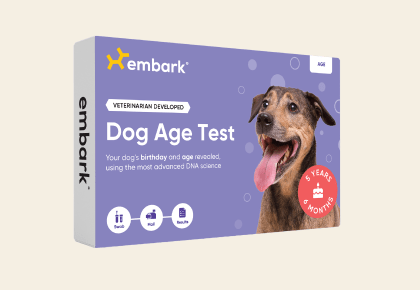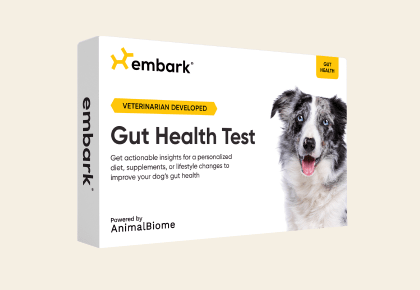Trapped Neutrophil Syndrome, TNS
Neutrophils, a type of white blood cell that fights infections, are generated in the bone marrow. After an appropriate time to mature, they leave the bone marrow and enter the circulation. The neutrophils of dogs with TNS never fully mature, but remained "trapped" in various stages of immaturity in the bone marrow.
-
Signs and symptoms
The severity of TNS can vary, but infections can affect any of the body systems: musculoskeletal, respiratory, skin, gastrointestinal, and so forth. Fevers are common. They also have characteristic facial abnormalities including a narrow, elongated skull (described as "ferret-like") and are often smaller than unaffected littermates.
Some puppies are brought to the vet within weeks for recurrent infections and failure to thrive, others are only diagnosed after reactions to the first set of vaccinations (6-8 weeks), and others go undiagnosed for years after treatment for mild recurrent infections. -
Diagnosis
Genetic and laboratory testing along with clinical signs are used to diagnose this disease.
-
Treatment
Treatment is symptomatic and based on the body system that has the infection. There is no cure for the underlying cause of this disease.
-
What to do if your dog is at risk
Actions
- Minimizing the risk of infection is the best way to keep your affected dog healthy for as long as possible.
-
Genetic Information
This mutation was first described in the Border Collie.
This syndrome is inherited in an autosomal recessive manner, meaning that a dog must have two copies of the mutation to be affected.
Gene names:
VPS13B Exon 19 ‐ chr
Inheritance type:
recessive
Citations:
-
Breeds affected
This health condition affects the following breeds
Learn about your dog’s unique genetic health
Dog owners
Breed identification, health and trait insights, personalized care recommendations, and the world’s first canine relative finder—all in one leading dog DNA test.
Learn about the report for dog ownersShop the test
Breeding programs
Embark’s test for breeding programs is one comprehensive DNA test designed with your needs in mind.
Learn about the report for breedersShop the test















